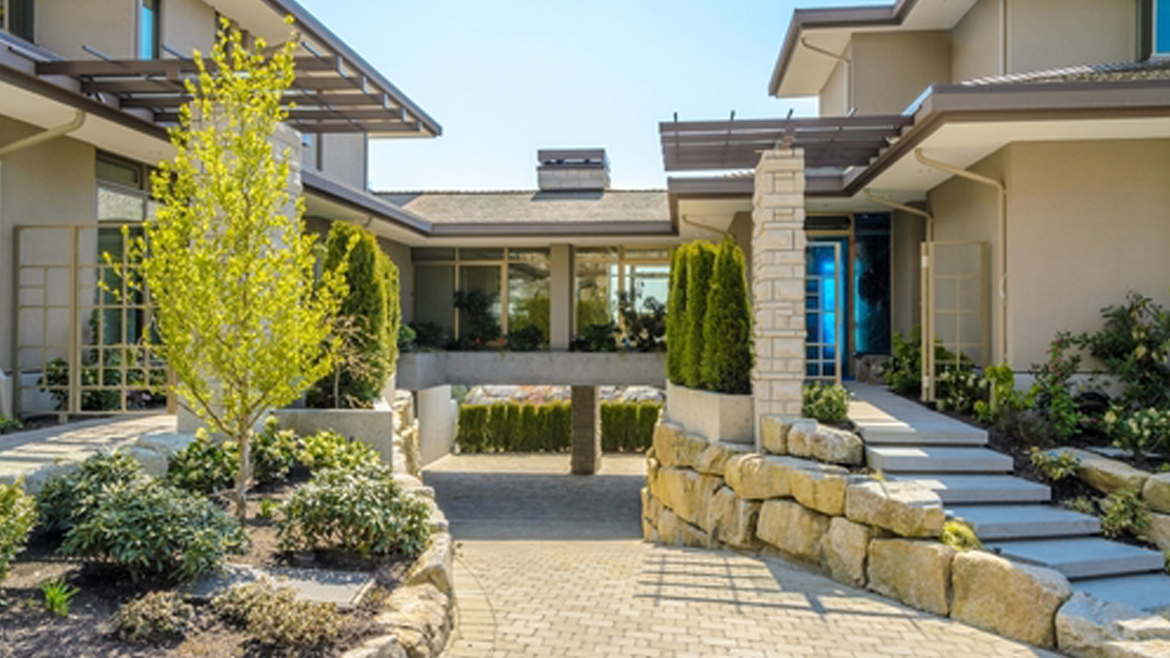Top Masonry Restoration Challenges in San Diego

Masonry restoration is a crucial aspect of maintaining and preserving the aesthetic and structural integrity of buildings in San Diego. Given the city’s unique climate and architectural diversity, masonry restoration presents specific challenges that require expert insight and specialized techniques. This blog explores the most common challenges faced during masonry restoration projects in San Diego, providing property owners with essential knowledge to tackle these issues effectively.
1. Adapting to San Diego’s Climate
San Diego’s climate, while generally mild, presents specific challenges for masonry restoration. The coastal salt air can accelerate the corrosion of metal reinforcements and degrade mortar and stone surfaces. Furthermore, occasional rain and intense sun exposure can lead to repeated cycles of wetting and drying, stressing masonry materials. Choosing the right materials and techniques that withstand these conditions is crucial for effective restoration.
2. Matching Historical Materials
Many of San Diego’s older buildings feature unique masonry styles and materials that are no longer commonly used or available. Finding a close match to these materials for restoration purposes can be difficult. This includes sourcing appropriate bricks, stones, or tiles that not only visually match but also have similar physical and chemical properties to ensure longevity and structural integrity.
3. Ensuring Structural Integrity
Restoring masonry in historical buildings often involves reinforcing the structural integrity without compromising the original architectural style. This can include retrofitting modern supports into existing structures in a way that is invisible or minimally invasive. Techniques such as grout injection, adding seismic ties, and other reinforcement strategies are commonly employed, yet they must be meticulously planned and executed to preserve the building’s original character.
4. Complying with Modern Building Codes
Modern building codes and standards are designed to ensure safety and energy efficiency but can be challenging to apply to historical restoration projects. Navigating these regulations while maintaining the historical authenticity of a masonry structure requires expert knowledge of both current building requirements and historical construction techniques. Often, special permissions and creative solutions are necessary to bridge the gap between old and new standards.
5. Environmental and Health Concerns
Older masonry buildings may contain materials that are now known to be hazardous, such as lead-based paints or asbestos. Dealing with these materials safely and legally adds another layer of complexity to restoration projects. Ensuring worker safety and environmental compliance while effectively restoring masonry is a significant challenge that requires specialized expertise.
6. Balancing Aesthetics and Functionality
In masonry restoration, there is often a delicate balance between restoring a structure to its original appearance and updating it to meet modern functional needs. For example, improving the thermal performance of a building without altering its historic facade can be challenging. Solutions such as integrating unseen insulation materials or using specially formulated breathable mortars and plasters are often required to meet both aesthetic and functional goals.
7. Budget Constraints
Restoration projects can be costly, particularly when dealing with unique or rare materials and the need for skilled craftsmanship. Budget constraints may limit the scope of restoration work or necessitate phasing projects over time. Careful planning and prioritization are essential to ensure that the most critical aspects of restoration are addressed first, without compromising the overall integrity and value of the property.
Masonry restoration in San Diego involves navigating a complex array of challenges, from environmental factors to regulatory compliance and historical accuracy. At STP Masonry, we pride ourselves on our deep understanding of these issues and our ability to deliver high-quality, respectful restorations that enhance both the beauty and the value of historic properties.


